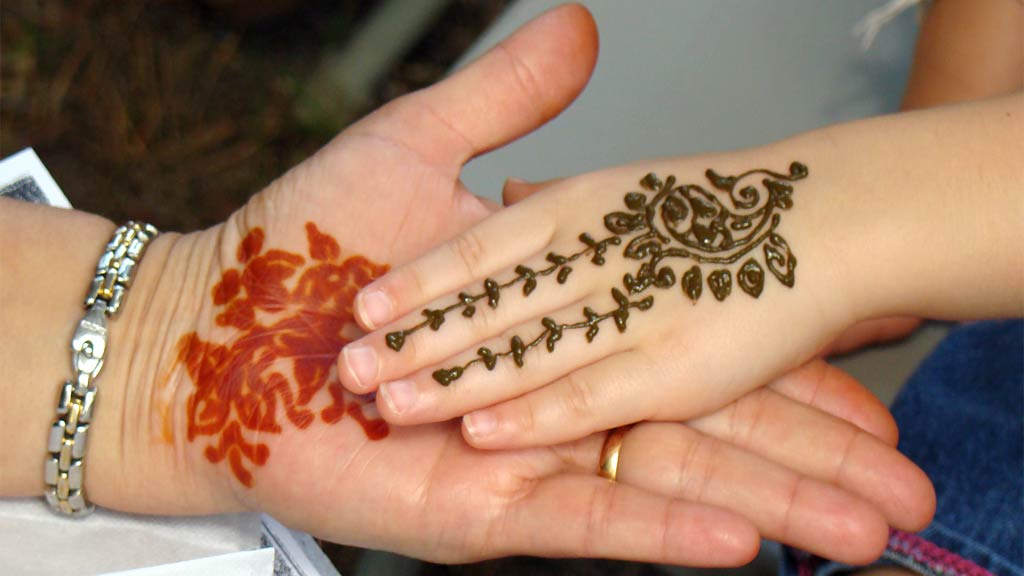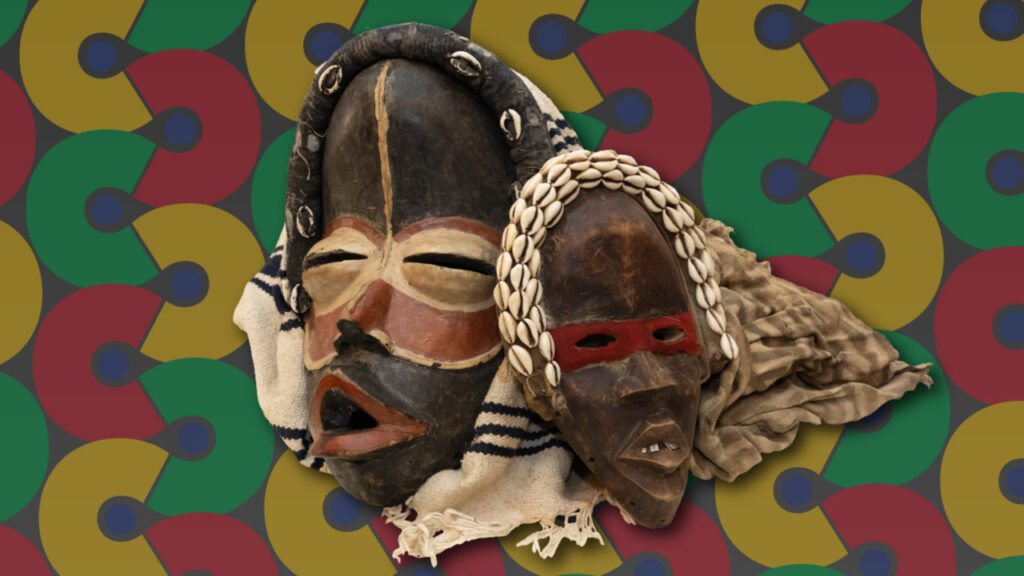
About the Folklife Program
The Down Jersey Folklife Center was initiated 1995, in conjunction with a major NJSCA initiative to create a state-wide Folklife Infrastructure. The Center has presented programming to diverse audiences at WheatonArts, in area schools, and at other sites. Public programs include exhibitions, demonstrations by artists/tradition bearers, performances, festivals, classes, training for educators and interns, lectures and seminars. While many presenting artists have come from eight southern New Jersey counties, the DJFC has also welcomes presenters from out of the area in an effort to give breadth and context to the programming presented, and to engage the ethnic groups and communities with whom we partner as audiences. Research and ongoing fieldwork projects provide the basis of virtually all programming.
Activities at the Center have ranged from Pinelands basketry and Native American drum making to Japanese origami and Ukrainian pysanky; from African American doll making to Palestinian embroidery and Guatemalan weaving. Performances have included Japanese drumming/dancing, jibaro music, Estonian dancing, and an Oaxacan-style “Castillo” fireworks display accompanied by a traditional “Fire Dance.” Classes have been offered in a wide range of both visual and performing arts including Indian mehendi and rangoli, Philippine paper-cutting and eggshell mosaics; Cambodian court dances, Bulgarian, Albanian, Greek, Romanian and Turkish folk dances.
Please check back for more information on upcoming programs and events.
Current Exhibition
Ceremonies in Circles
Opening April 4, 2024
Interpreting traditional West African masks, garments, woodcarvings, and ceremonial objects used in special rituals and community celebrations.
For visiting hours & tickets, click here.
Virtual Conference
African and Africanness: The Relevance of Living Traditions
Novemeber 22 & 23, 2024
Click Here for More Information
Folklife Program Mission
Our Mission is to research, document, and present traditional cultures in New Jersey’s southern eight counties.
We explore and relate the activities and international perspectives of those people whose creativity has informed the cultural wealth of our region; and of those who inform it now. We support communication through the languages of the traditional arts (narrative, music, dance, craft, and ritual expressions), and invite wide varieties of artists and audiences to participate in an ongoing exploration of the creative process.
Overall Goals of the Down Jersey Folklife Center include:
- To identify and research folklore and folklife in southern New Jersey as an ongoing project.
- To provide public programs such as exhibits, different types of performances, and other artist-driven initiatives both at the Center and at other locations that result from research, planning, and participation by traditional artists, folklorist, and other community members.
- To provide educational opportunities for different types of audiences in order to create a higher awareness of community and cultural diversity, to increase public knowledge, and to foster appreciation and respect for the folk arts and folklife.
- To provide a supportive and respectful environment for folk artists to present their work and to share their experiences.
- To maintain a folklife archive for housing researched and documented activities and events.
- To participate in the folk arts infrastructure on state and regional levels.
- To strengthen partnerships with regional colleges and universities where folklore and folklife programs are provided as well as with peer organizations on state, national, and international levels.


